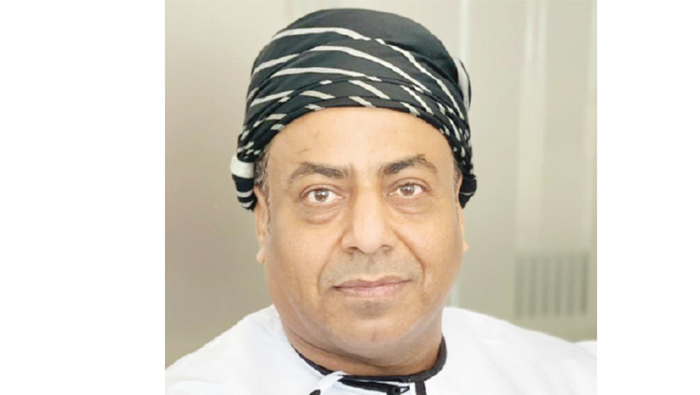
It was a memorable midafternoon when my father, then serving in the Oman Army, took me from our “Um Al Gawaref” camp near Salalah City to Salalah Airport. I was about nine or ten years old, living among brave Omani soldiers in the eighties. They fondly called me a little “Omani Soldier.”
Before leaving Salalah, we made a memorable stop at Hafa Bazar, a marketplace that epitomises the charm and culture of the city. This vibrant bazaar, nestled in the heart of Salalah, has long been a hub of activity and a testament to Omani tradition. In the 1980s, Hafa Bazar was a dazzling tapestry of sights, sounds, and scents, offering a unique and unforgettable shopping experience for every visitor.
Walking through the bustling aisles, we were captivated by the rich aromas of frankincense and myrrh that filled the air, mingling with the fragrant spices from various stalls.
The bazaar was alive with the chatter of locals and tourists alike, each drawn to the colourful displays of handmade textiles, intricate silver jewelry. The vibrant atmosphere was a sensory delight, with merchants eagerly showcasing their wares and sharing stories of their craftsmanship.
Hafa Bazar in the eighties had a distinct charm, a blend of traditional Omani heritage and a lively, welcoming spirit. Every corner of the bazaar offered something special, from the exotic perfumes that lined the shelves to the fresh produce that added a burst of color to the market scene.
It was a place where one could find both everyday essentials and unique souvenirs, each item telling a story of the region’s rich cultural tapestry.
Hafa Bazar was more than just a marketplace; it was a vibrant cultural hub that left an indelible mark on our hearts, a beautiful snapshot of Salalah’s enduring spirit and timeless appeal. After shopping from Hafa bazar, we landed at Oman Airforce Airport around 5 or 6 pm and drove to “Muaskar Al Murtfaa” Camp. That night, we enjoyed dinner and a movie with the soldiers, making it a delightful experience.
Early the next morning, my father, my elder brother, and I visited Muttrah Souq for some shopping before our trip to Gwadar. We took a “pickup” from Burj Al Sahwa roundabout to Souq Muttrah, with each passenger paying 0.300 baisas.
On the third day, we flew to Gwadar, where my grandfather greeted us at the airport. Gwadar was breathtaking, with the sea on two sides. In the evening, my grandfather rented a bicycle for me at the beach, costing just two rupees for two hours. I had the time of my life riding it, enjoying the simple, beautiful lifestyle of the eighties.
The streets of Gwadar, with their distinctive houses and the mosque where I prayed, are still vivid in my memory. When a salesman asked if I was from Oman, I proudly replied, “Yes, I am.” He warmly acknowledged, “Oman is a good country and beautiful.”
Gwadar’s Omani heritage was evident everywhere. Strolling through the old town, I admired buildings reflecting Omani architectural styles. The Gwadar Fort, a military outpost during Omani rule, stood proudly. The mosque, an architectural gem from the Omani period, showcased the rich history.
A visit to Gwadar is incomplete without tasting the “Gwadari Sweet.” We indulged in this local delicacy, relishing every bite. Known for its strategic location, sweets, and fish, Gwadar offered us endless enjoyment. Gwadar shares a rich history with Oman, especially from 1783 to 1958. During Omani rule, Gwadar thrived with infrastructure development, including ports that boosted trade and connectivity.
This historical connection is still palpable in the town’s streets and architecture, making Gwadar a unique blend of cultures and histories.
The writer, Mohammed Anwar Al Baluhsi, is an Academic Lecturer and Advisor, Oman College of Management and Technology